
While I was recording some shows using my iPhone’s TiVo app last week, my eight-month-old’s gaze kept darting from the toy ball he was playing with to the nearby television, which was turned off. But with every familiar TiVo blip and bloop that came from my phone, he would whip around towards the big, black screen on the wall. This was the first time — and will undoubtedly not be the last — that I realized my kid was way smarter than I gave him credit for.
Despite me being a tech journalist and a pop culture junkie, my son has yet to have much exposure to screens of any sort. In fact, outside of the Super Bowl and some pigskin action on Thanksgiving, I’d estimate he’s had less than 10 hours of total screen time in his entire life. That sounds like a lot to a new, over-protective parent, but the reality is that 47% of babies spend nearly two hours a day watching television or DVDs. That makes him — in a FaceTime, iPhone, and Netflix world — practically an Aborigine.
But despite my best efforts, he knows where TiVo sounds come from, and that’s on me. So last week, when I saw the news that Mattel and Google were teaming up to re-launch the classic View-Master, I knew right then I wouldn’t bite.
A 21st century update of the classic stereoscopic slide reel toy, the forthcoming product is essentially a virtual reality headset aimed at toddlers. But instead of showcasing static images on a wheel, the new headset will use an inserted smartphone to display video that lets kids “take engaging field trips where they can explore famous places, landmarks, nature, planets and more in 360 degree ‘photospheres,’” according to the product’s press release.
Mattel and Google bill the low-cost device as an “imaginative and interactive learning environment,” but anyone with a memory of the original View-Master will recognize this as the same educational bait and switch that the classic model pulled. After starting as a way for kids to see the world, it morphed into a pair of Disney-pushing binoculars, overflowing with reels about theme parks and animated adventures.
“I question whether all of the content for this is going to be the allegedly educational stuff they’re marketing now, or is it going to be the content that Mattel already owns, like Barbie in Hawaii or something like that,” says Dr. Susan Linn, founding director of Campaign for a Commercial-Free Childhood. Her organization is responsible for getting Disney to stop marketing Baby Einstein videos as educational products. It’s also down on screen time in general because it’s the primary vehicle for advertising toys and junk food to little ones.
As a child of the 1980s who grew up watching a ton of television and playing with G.I. Joe, Transformers, and Star Wars action figures, that doesn’t concern me in the slightest. But Linn does have a valid argument, pointing out that in 1983, marketers spent $100 million per year selling things to kids versus $17 billion today.
Screentime and tykes
Instead of how screens are used to market products, I’m more worried about how constantly interacting with them affects people in general, and my little person in particular. News outlets have reported that the new View-Master was given a stamp of approval by pediatric ophthalmologists at Saint Louis University, but attempts to reach the doctors through the school proved fruitless. (University representatives could not identify the specific researchers, and Mattel did not respond to request for comments on this story.)
Regardless, even if strapping a smartphone to my kid’s face is safe enough on his eyes, an overwhelming amount of research has shown it will do terrible things to the rest of his body. For instance, screen time for toddlers has been proven to increase BMI, likely because it’s linked to fast food consumption, irregular sleep patterns, and sedentary behavior. It also can cause delayed language acquisition, take them away from creative play (which is key for developing problem solving skills) and even cause lower math and school achievement later in childhood. If that’s not bad enough, a 2010 article in the journal Pediatrics also showed kids who had at least two hours of daily screen time were likely to have increased psychological challenges, such as hyperactivity, difficulty controlling behavior and emotions, and problems with their peers. But, it’s cool — their eyes will be just fine.
“We don’t expect them to zone out for hours on end,” Mike Jazayeri, Google Cardboard’s product director reportedly told the media following the product’s reveal. Of course, no one expects that, but that is precisely what happens. Research has shown that screens’ flashing lights and colors trigger the fight or flight response in kids.
“The screen is incredibly compelling,” says Dr. Linn. “People think they’re engaged with them because they’re staring so intently, but what’s actually going in is that they’re caught in it and they can’t tear themselves away.”
See The Incredibly Goofy Evolution of Virtual Reality Headsets



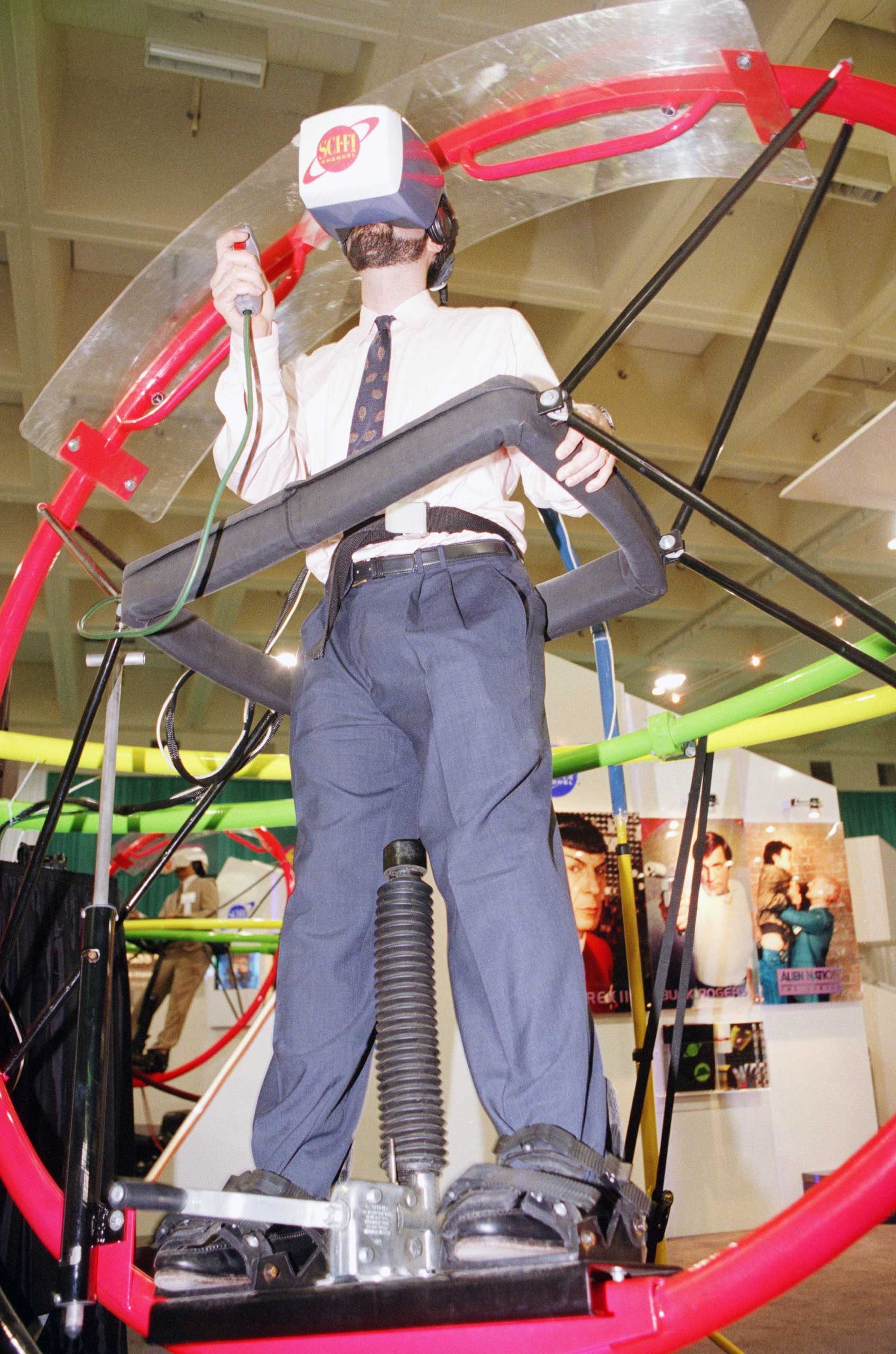

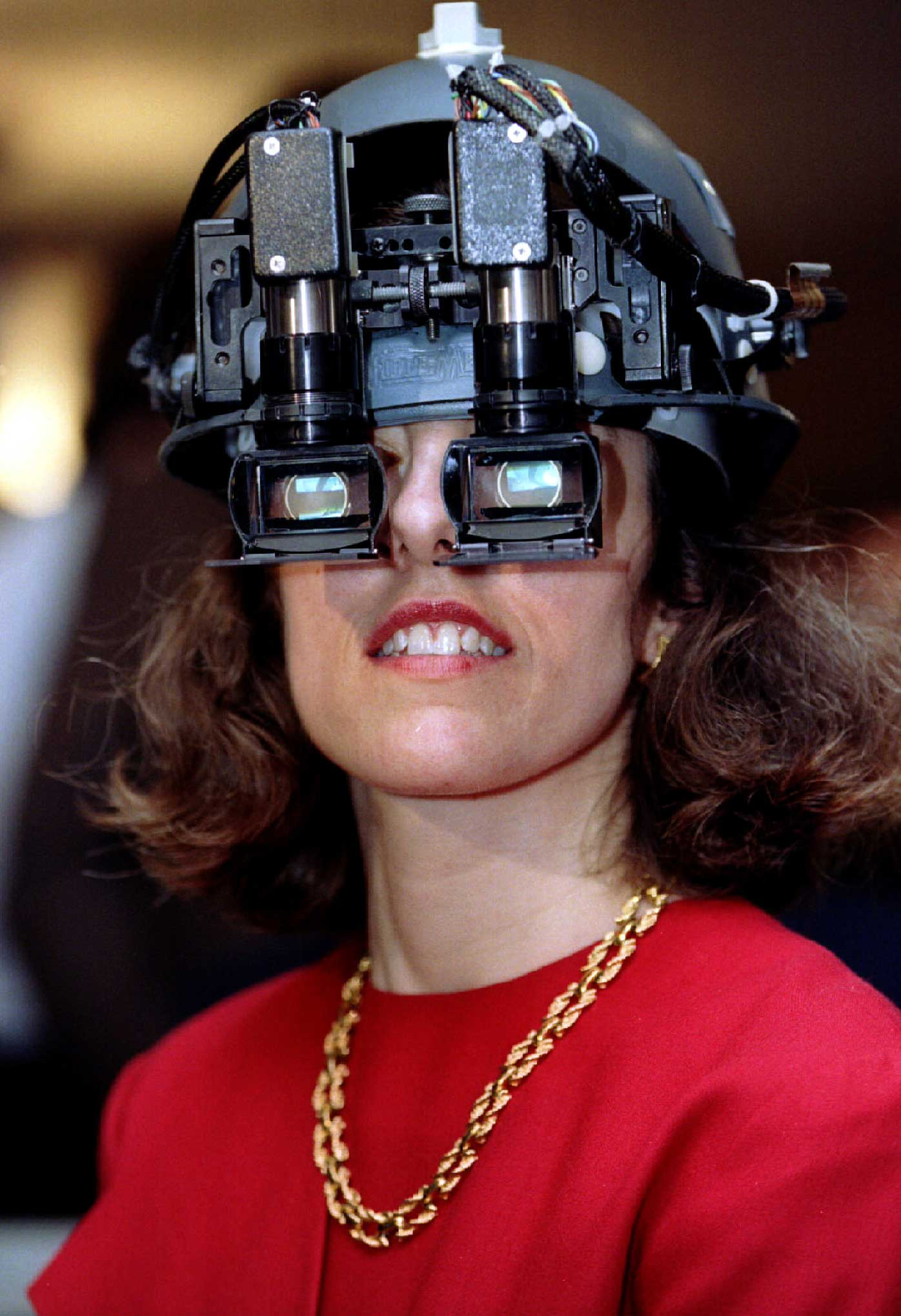


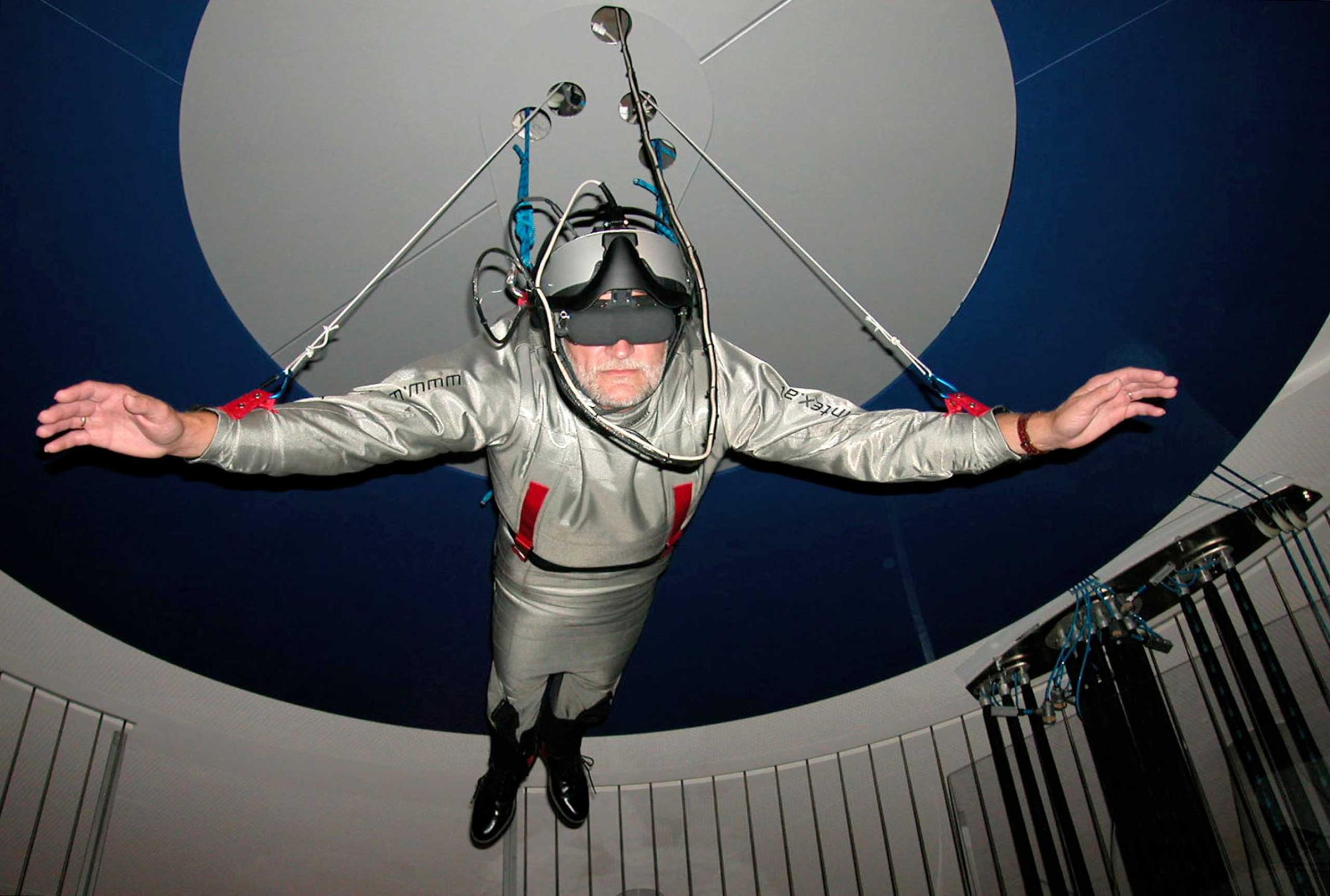
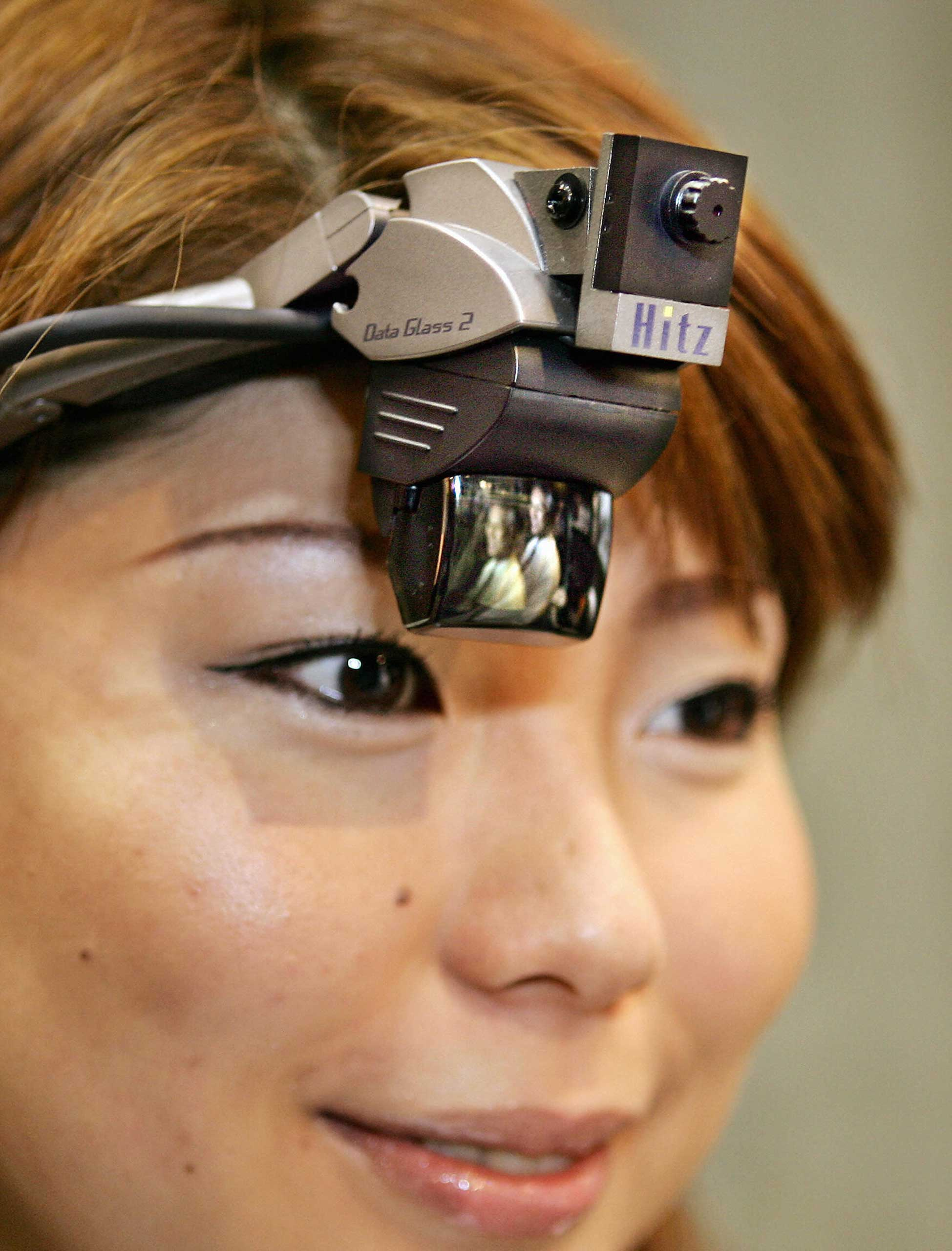
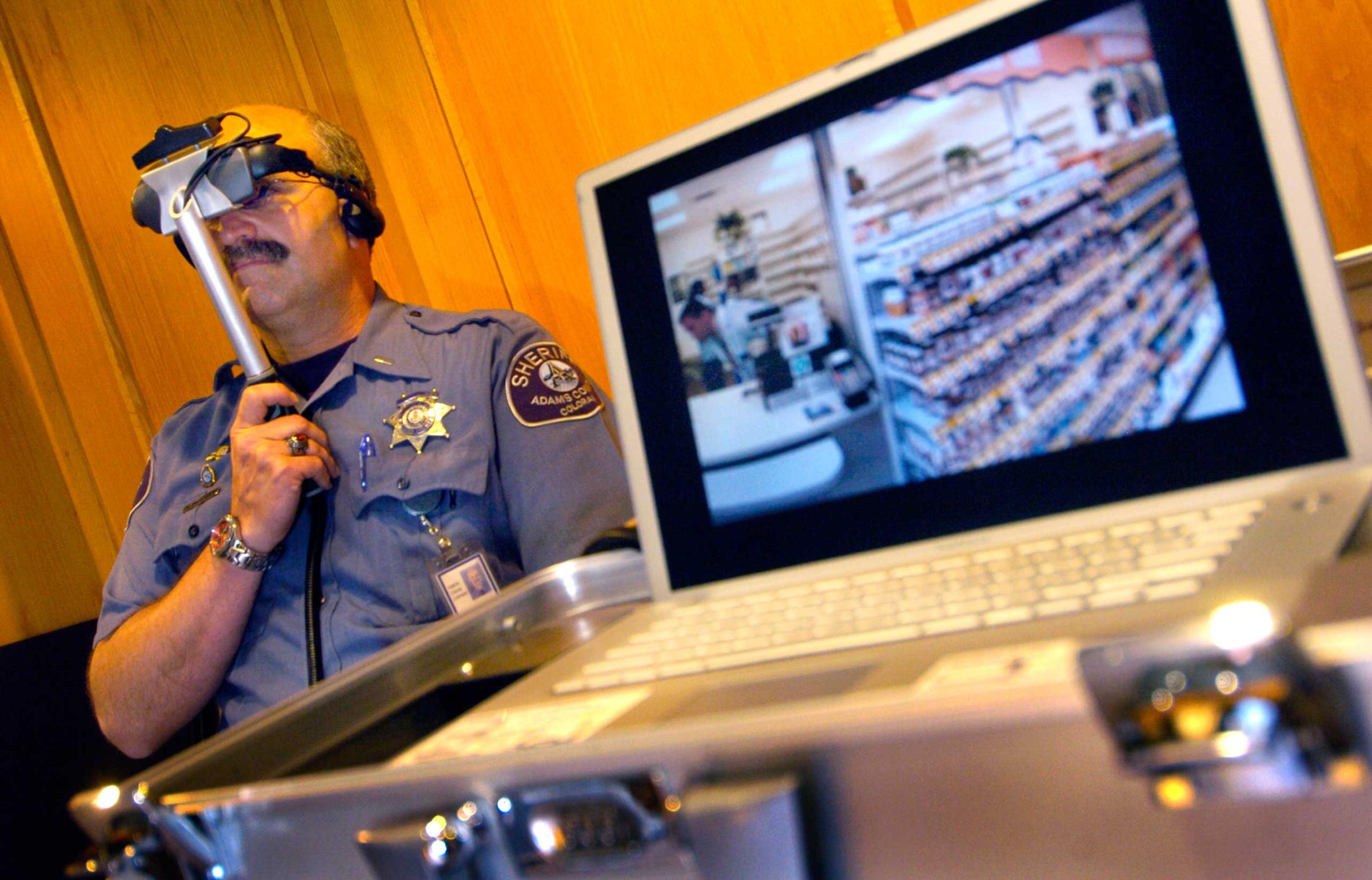


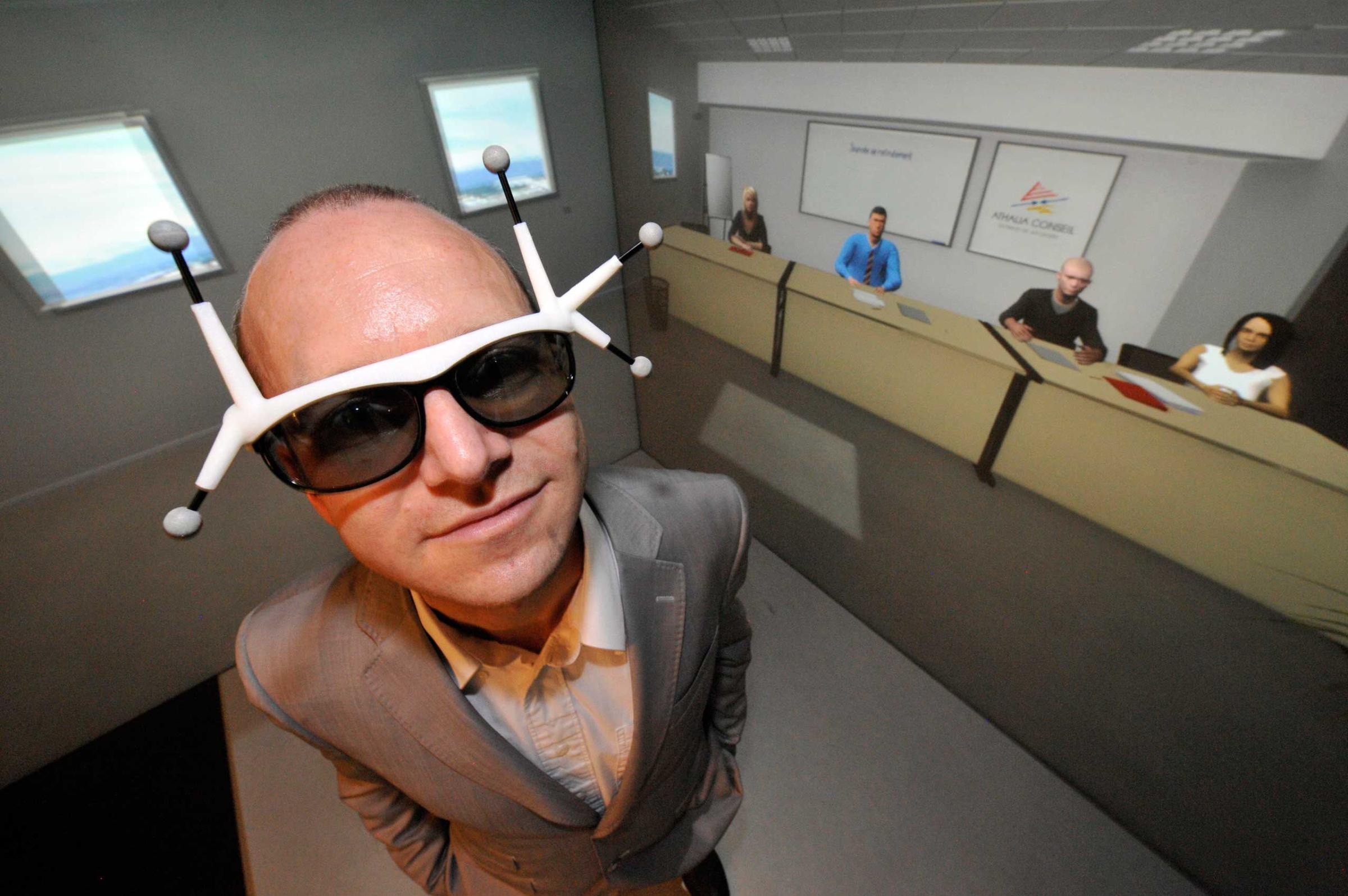
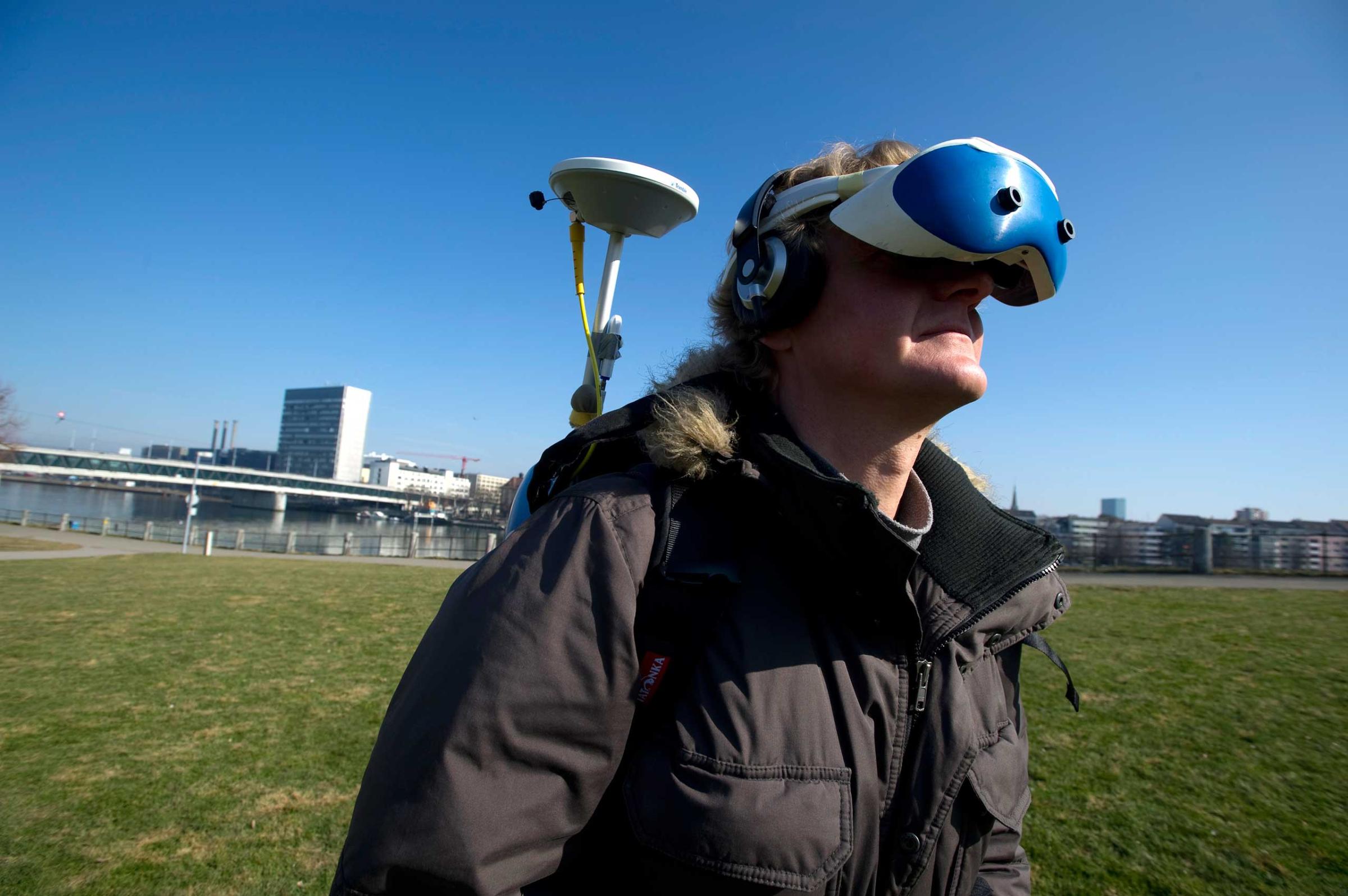

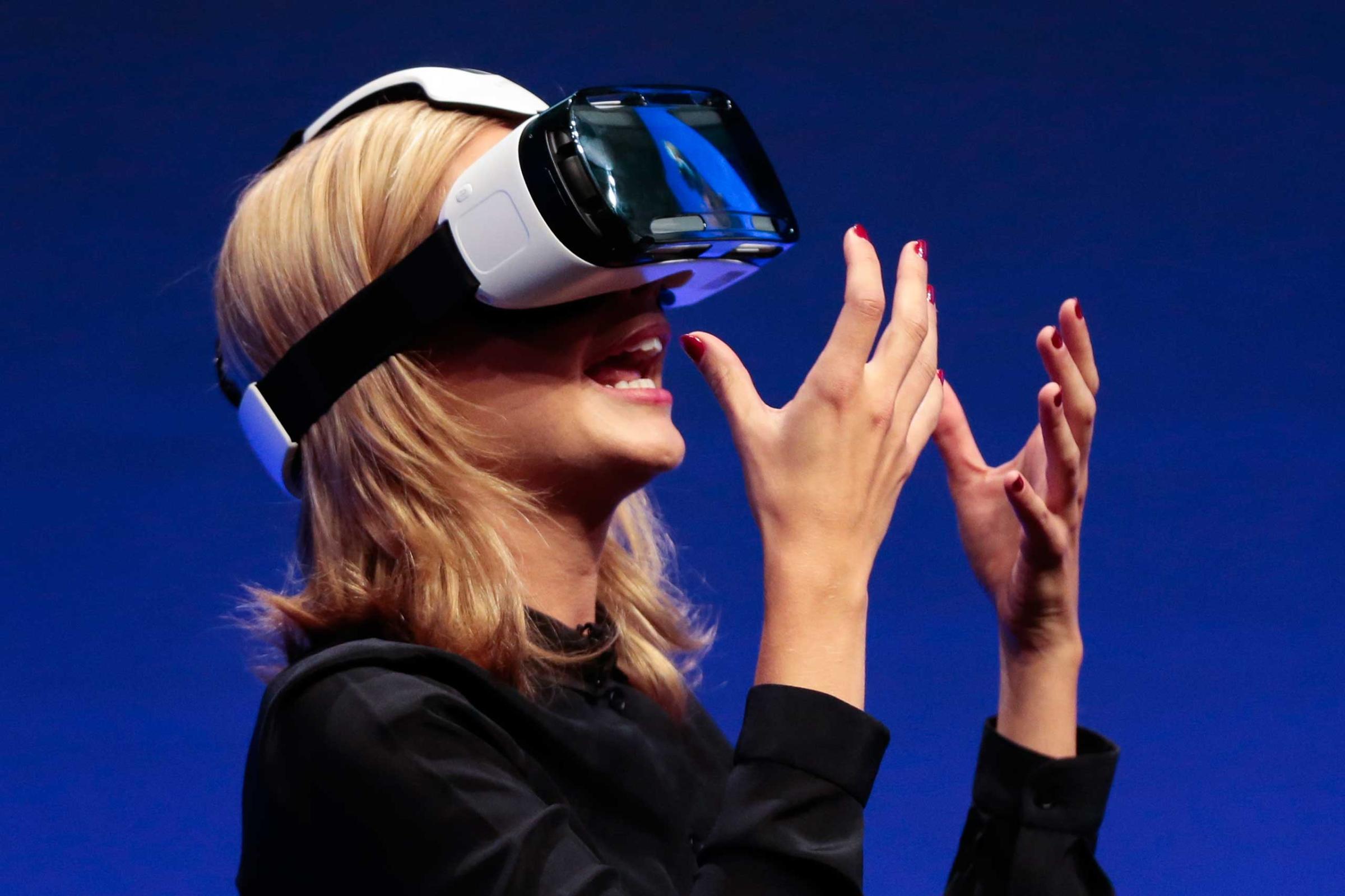
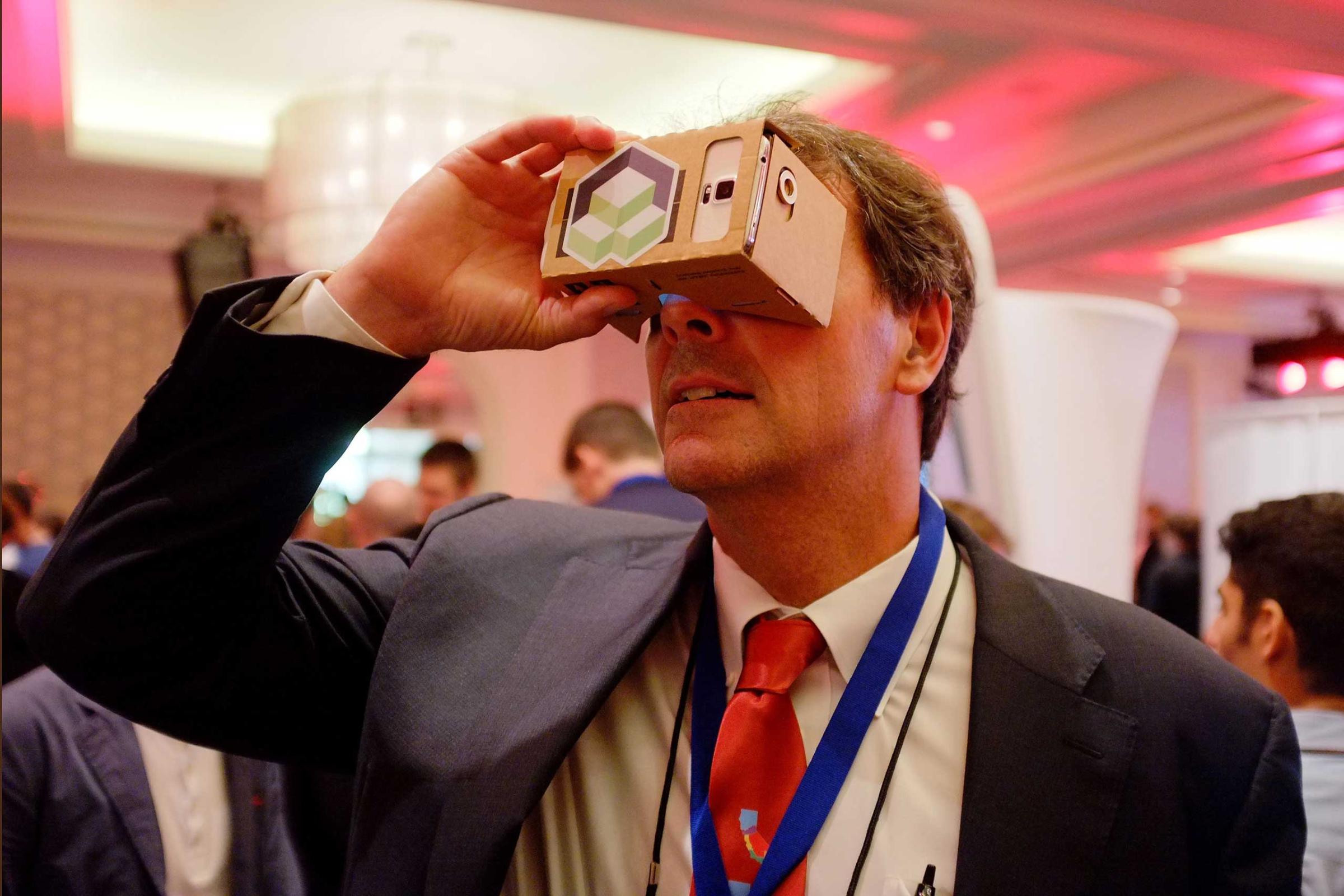
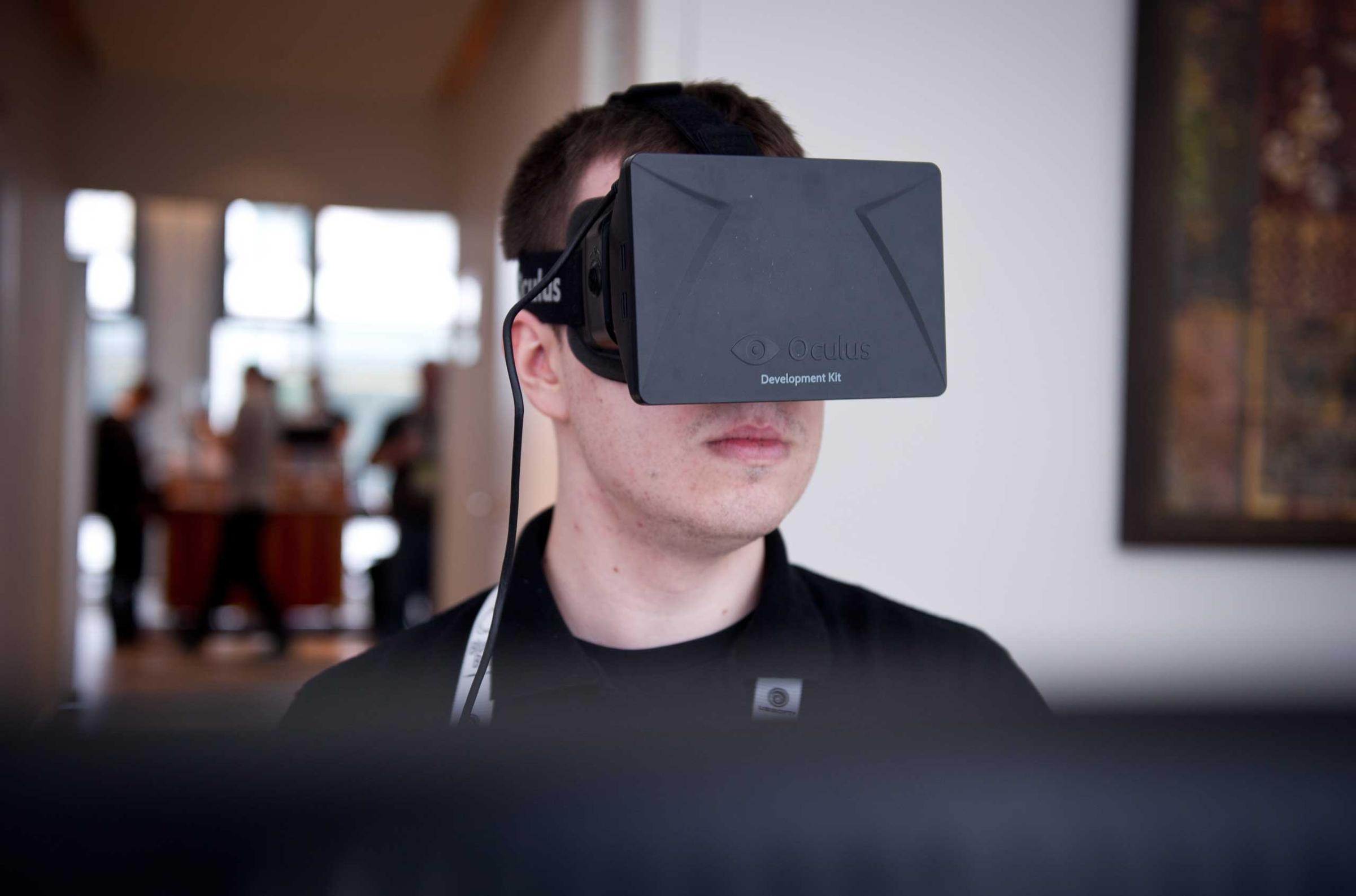
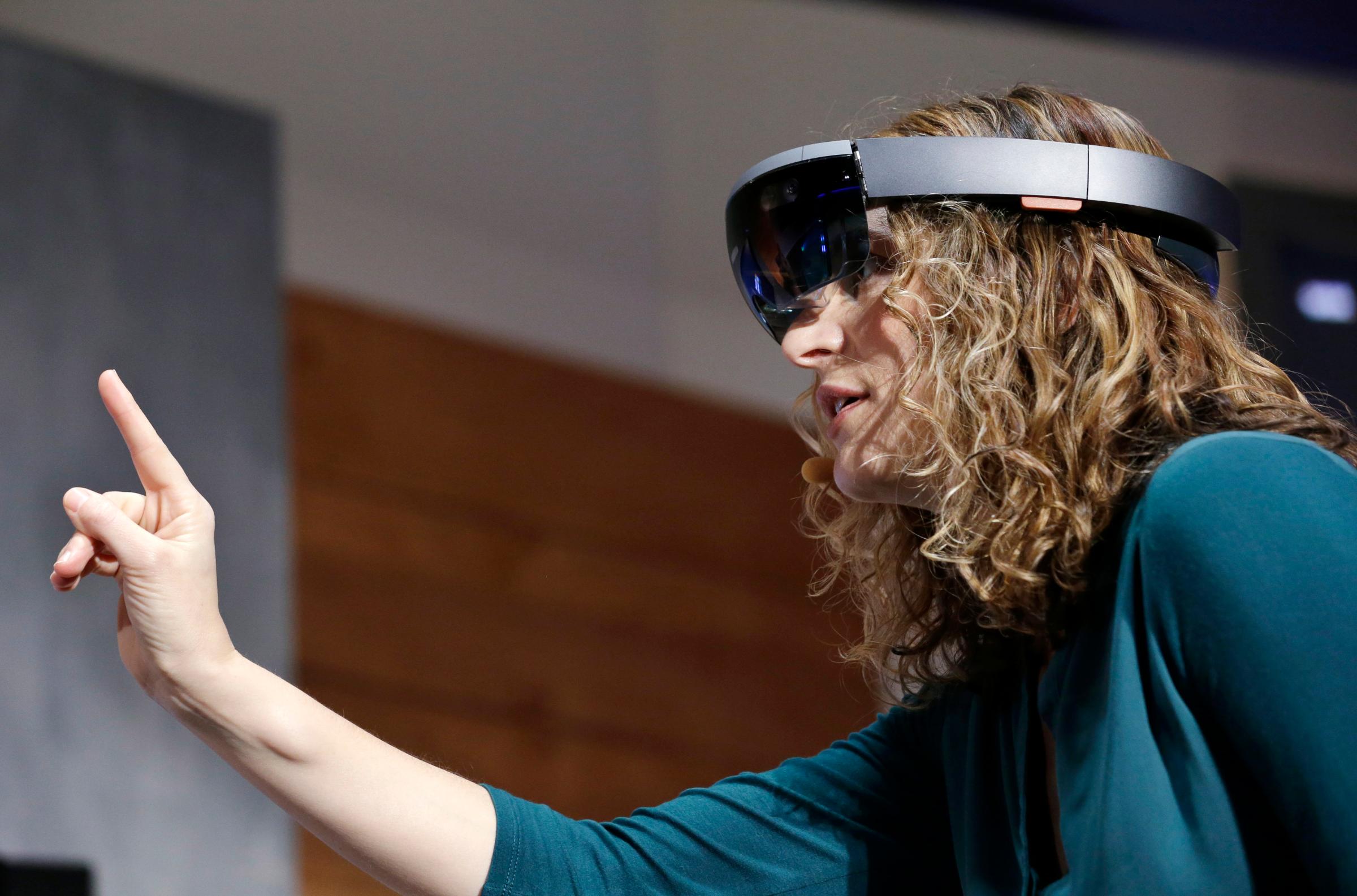
How old is old enough?
Of course, had Mattel been available for comment, they’d likely point out that the new View-Master is intended for children seven and older. But realistically speaking, says Linn, that means the touchscreen toy is going to end up with pre-schoolers.
“Marketers do something called ‘aspirational marketing,’” she says. “Developmentally, kids want to be older; they look up to older kids; they want to have the things that older kids have.”
So along that line of thought, if Mattel and Google claim to be targeting seven year old children, they’re really after for four-, five-, and six-year-olds — because older kids won’t play with something if they think it’s meant for babies.
I admit that I’m excited to one day play video games and use my iPad with my kid, but I know I’ll have to wait until he’s ready. And as an adult in the modern world — from Facebook notifications to checking on eBay auctions to just doing my job — I also know that I struggle with screen time myself. But what it comes down to is that just because we have the technology to build something like a virtual reality View-Master, it doesn’t mean we should. Children don’t have the willpower to stop staring at the screen. Heck, most adults don’t either.
More Must-Reads from TIME
- Donald Trump Is TIME's 2024 Person of the Year
- Why We Chose Trump as Person of the Year
- Is Intermittent Fasting Good or Bad for You?
- The 100 Must-Read Books of 2024
- The 20 Best Christmas TV Episodes
- Column: If Optimism Feels Ridiculous Now, Try Hope
- The Future of Climate Action Is Trade Policy
- Merle Bombardieri Is Helping People Make the Baby Decision
Contact us at letters@time.com